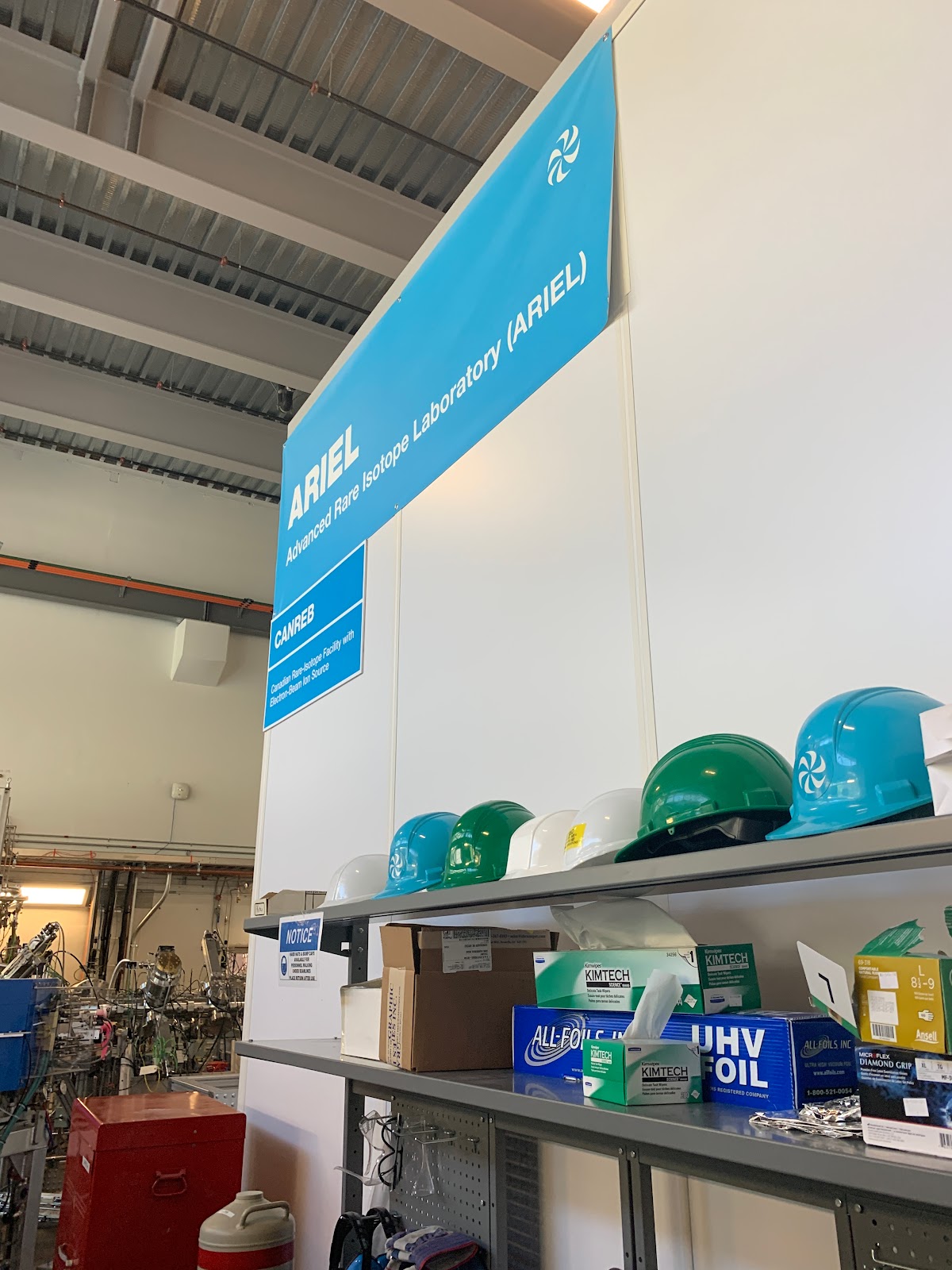TRIUMF Day 5 - Until we meet again...

Today, I'm back on a plane for Calgary to meet up with my wife and kids. It's been a great time this week and I can't help but think of what a week-long international high school teacher program, like the ones at CERN, Perimeter Institute, and LIGO, might look like here. It could be an annual event in the summer during Science Week so that teachers could experience different talks from researchers and hear what's coming in TRIUMF's latest work. Day 1 - AM: Safety and Harassment Training (so that teachers have access to all public areas of the site) PM: Tour and overview of TRIUMF (walk around the facility, no deep dives yet, and hear what is done in each area and examples of the research currently going on) Day 2 - AM: Medical Radionuclides (Dr. Valery Radchenko was amazing and speaks passionately and in a way that even someone without any background can understand - hearing him discuss his work at TRIUMF would be a must have for a week like this - it would be grea...


